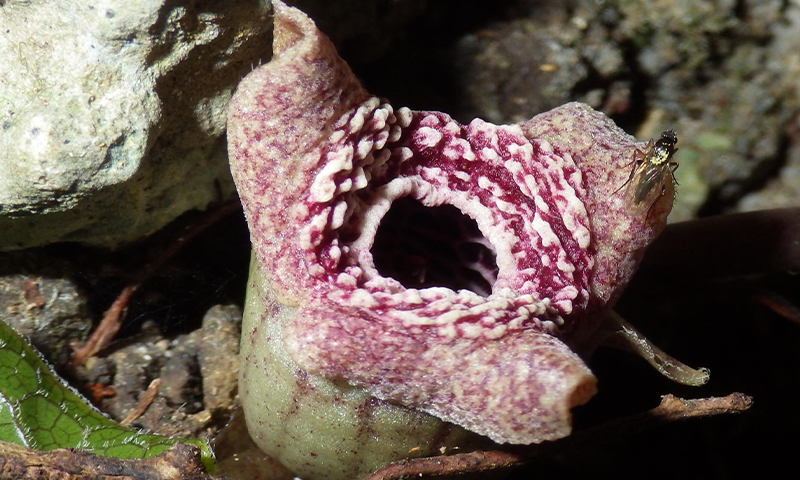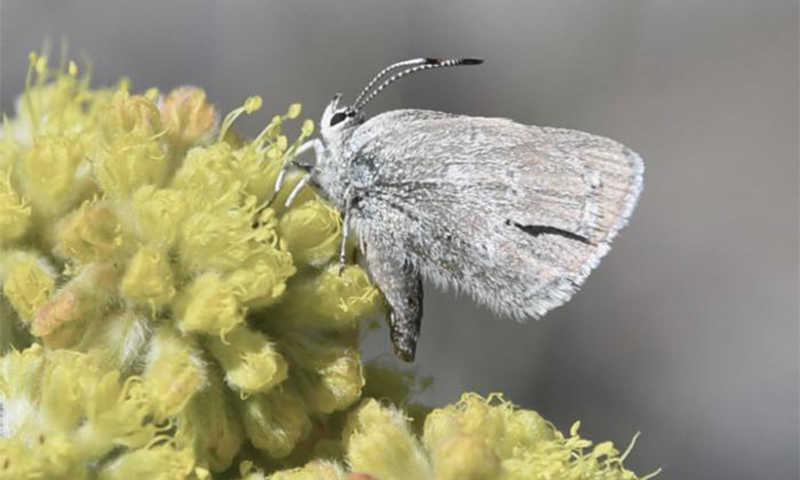Now Reading: Unveiling the Genetics Behind Foul-Smelling Flowers
-
01
Unveiling the Genetics Behind Foul-Smelling Flowers
Unveiling the Genetics Behind Foul-Smelling Flowers

Speedy Summary
- Certain flowers, such as Amorphophallus gigas (corpse flower) and Rafflesia arnoldi, emit odors reminiscent of death and decay too attract pollinators like beetles, flies, and ants drawn to unpleasant scents.
- Researchers published in Science that plants in the genus Asarum use a gene called SBP1, similar to a human gene involved in reducing bad breath odors.
- The SBP1 gene enables the production of methanethiol-a compound contributing to foul smells-which Asian Asarum species adapted approximately 10 million years ago through minor genetic changes.
- At least two other unrelated plant species independently evolved processes to produce odors via methanethiol, suggesting convergent evolution due to similar environmental pressures.
Indian Opinion Analysis
India is home to notable biodiversity within its flora. Insights into how certain plants evolve unique scent mechanisms for pollination emphasize nature’s ingenuity within complex ecosystems. For Indian botanists and genetic researchers,this breakthrough highlights potential collaborative opportunities with global scientists exploring evolutionary adaptations. Furthermore, studying stink-producing genes could have applications for agricultural strategies involving pest control or pollinator management. India’s traditional reliance on botanical research aligns well with understanding evolutionary biology-emphasizing the need for long-term investment in plant genetics.



























